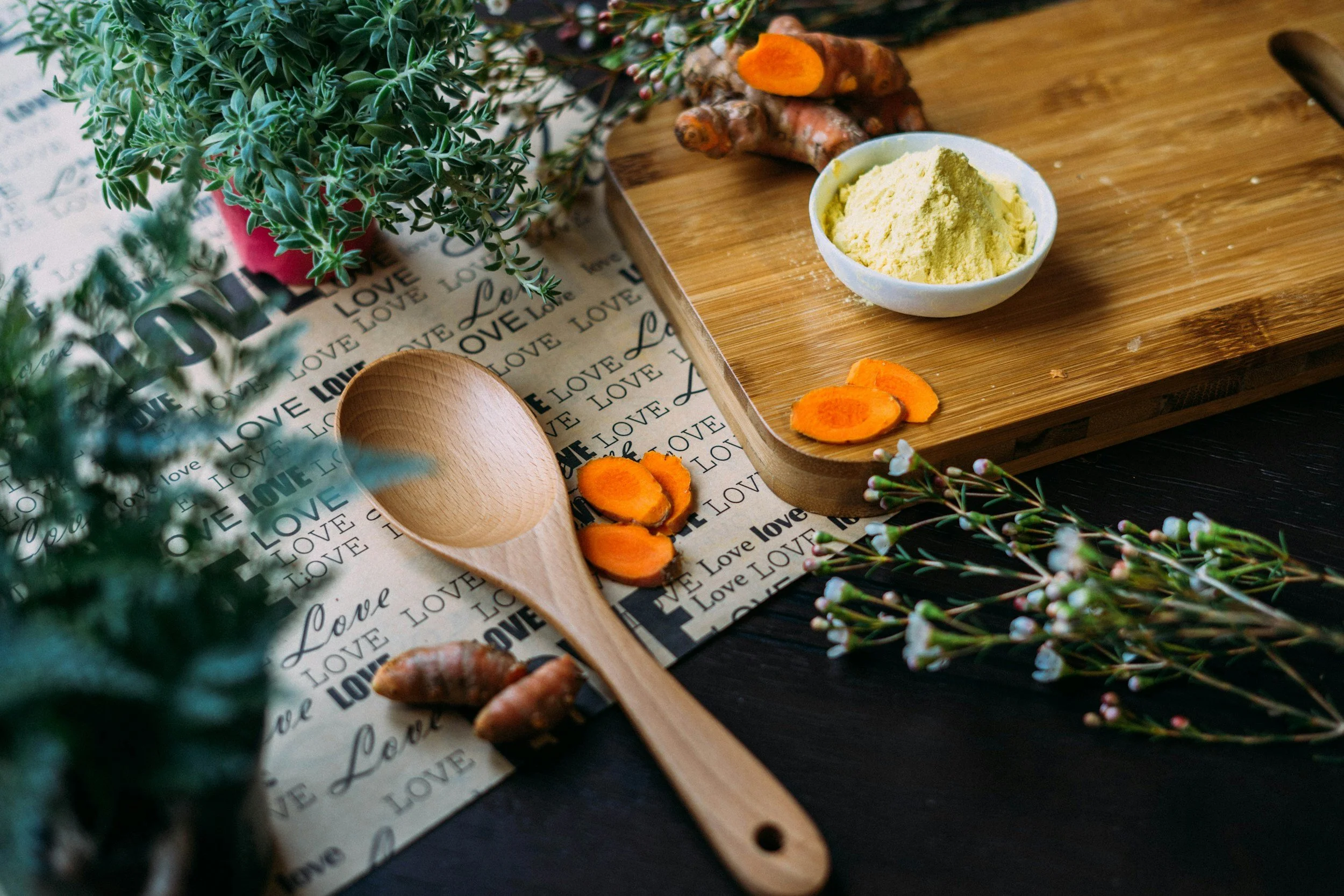One Year of Low Inflammation Diet
I have been on a low inflammation diet for about a year now. Below is a summary level overview of what I’ve done, why, and how it’s going.
How it started
In the fall of 2023, I got a nasty stomach bug, probably while I was in Mexico. I was in a lot of body pain and gut distress. It was gross and I was suffering a lot.
After a fair bit of research and reading, I adopted a pretty extreme SIBO treatment diet. I’ve done fairly extreme diets before, for long periods of time (Keto for a year during COVID times), so was prepared for some difficulty. The initial model was basically zero carbohydrates and a bunch of low inflammation requirements. Additionally, decided that “in for a penny, in for a pound” was the name of the game, so decided to adopt a low FODMAP diet along with it. Goal was to eliminate potential allergens from my diet to see if there were additional food issues I was struggling with.
The first 6 weeks aka THE KILL PHASE
This first 6 weeks was designed to starve out ANY bacteria in my gut and make it fairly inhospitable. Bacteria can create biofilm which is extraordinarily effective at keeping itself protective. Sugar fuels biofilm, but if it gets starved out, eventually it starts breaking down.
So, for about 6 weeks, I ate essentially greens, chicken annd beef, and sauerkraut and olive and coconut oil. Almost all spices were disallowed, all grains, all fruits, no onions or garlic, and no nightshades, no nuts, no eggs, no coffee, no alcohol. Probably many other things I’m forgetting now.
I lost 28 pounds in 6 weeks. Some of this was absolutely water weight caused by the switch from glycolysis to ketosis, some was the consistent and literal struggle to find enough calories.
If the goal is to get 2000 calories a day, I had to eat 20 chicken thighs *every single day*. Even if I wanted to do that, the eating fatigue is hard, the food was boring, so I mostly just ran around grumpy and hungry.
Additionally, I started taking some consistently daily supplements designed to be anti-bacteria and anti-inflammation. Most prominent was cinnamon bark oil and turmeric.
The Heal Phase:
After 6 weeks, I was able to add a bunch of additional food automatically. I got back some fruit and a lot of veggies and some spices. I also got to add back one test food every 3 or so days. First up was eggs, then coffee, then fairly soon, rice. There were set backs as I added new food to my diet, noticed sensitivities (fairly sure that pork cannot return to my diet anytime soon), discovery of some clear no go’s (Xanthum Gum and hydrogenated oils spike my inflammation basically immediately. Nearly every meal still has some fermented food.
I also dropped cinnamon bark oil, added regular fiber supplementation, pro-biotic, vitamin D (in olive oil), milk thistle, and turmeric.
Current state:
My diet has stabilized, but I’ve had several big inflammatory exposures in the past few months. This is a natural result of opening up, of taking more risks. A lot of these attempts have been good and beneficial (and great meals!), but I’ve also had some bad experiences. When inflammation spikes, I usually have about a week of suffering, depression, pain, and gut issues.
Right now, I’ve reduced the scope of my “fun” diet. I’m avoiding eating out and limiting my alcohol consumption. But I am hoping to keep adding items back to my diet at a regular pace. Upcoming food is: potatoes, legit sourdough bread, pickles, mushrooms, beans, high-quality peanut butter, corn, beer or cider?
Big questions and concerns:
White flour?
Can I actually live in the south if I can’t eat fried food?
Should I be drinking alcohol at all? Coffee?
How can I make new friends when so much of life revolves around food and drinks?






